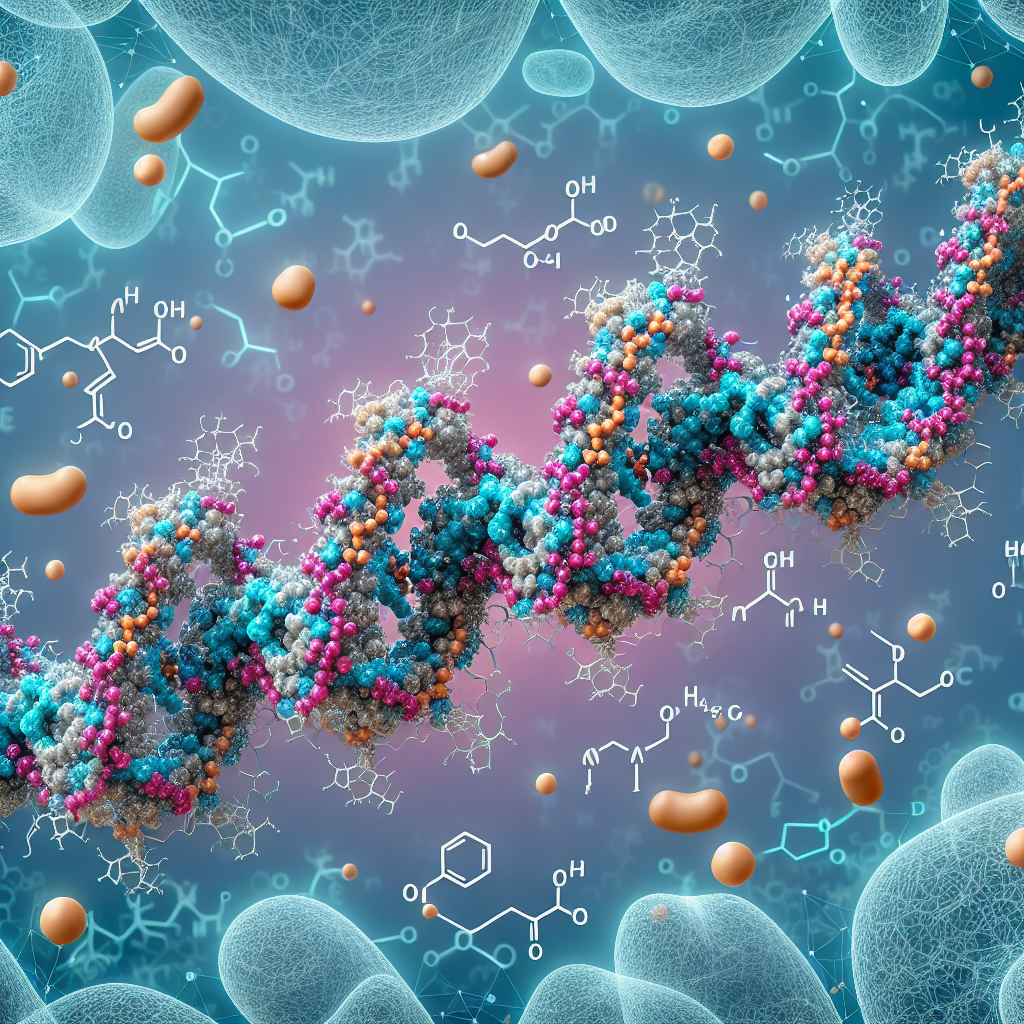Revolutionizing Diabetes and Skin Disease Treatment with Inhaled Insulin and Gene-Edited Grafts
Recent advancements in inhaled insulin for type 1 diabetes and once-weekly insulin for type 2 diabetes present promising alternatives to injections. Additionally, genetically engineered skin grafts show significant healing potential for severe dystrophic epidermolysis bullosa, a painful genetic skin disease. These innovations could substantially improve patient outcomes and life quality.

A groundbreaking study showcased at the American Diabetes Association meeting in Chicago revealed that children with type 1 diabetes responded equally well to inhaled insulin, Afrezza, as they did to traditional injections. The research, involving 230 young participants, demonstrated comparable control of hemoglobin A1c levels and noted benefits such as reduced weight gain and higher preference scores.
Another promising development is Eli Lilly's experimental insulin, efsitora, which may soon offer a once-weekly alternative for adults with type 2 diabetes. The late-stage trials highlighted its efficacy, matching daily insulins in controlling blood sugar levels. This innovation could significantly reduce the frequency of insulin injections, presenting new possibilities in diabetic care.
In parallel, remarkable progress in treating severe dystrophic epidermolysis bullosa has been made with the development of genetically engineered skin grafts. By correcting the collagen VII gene defect, Dr. Jean Tang's team healed long-lasting wounds more effectively than traditional methods, offering hope for reducing the suffering associated with this debilitating condition.
(With inputs from agencies.)










